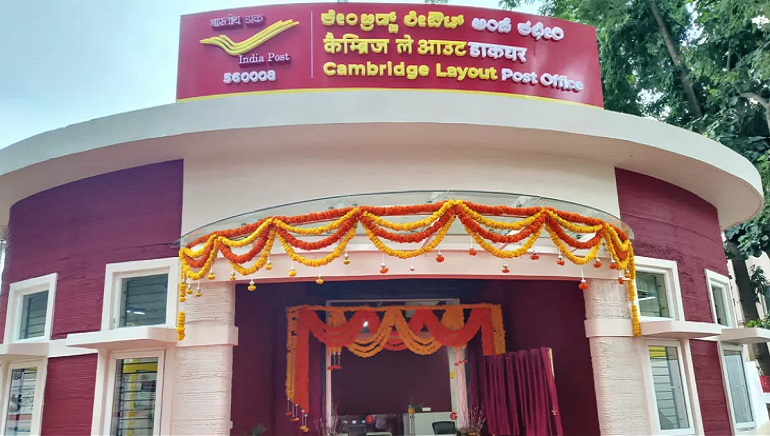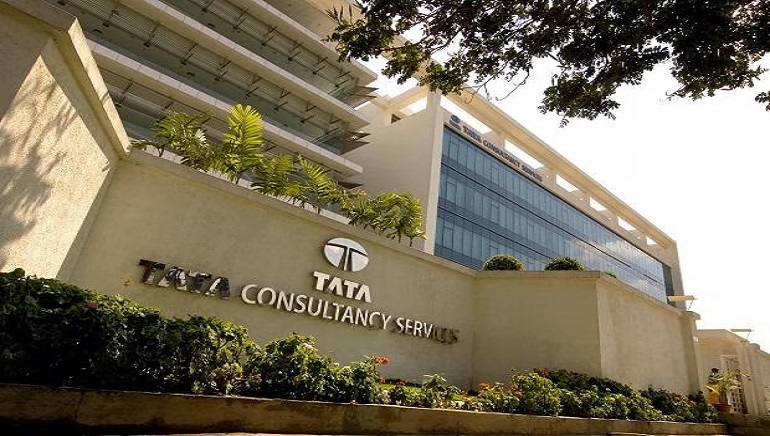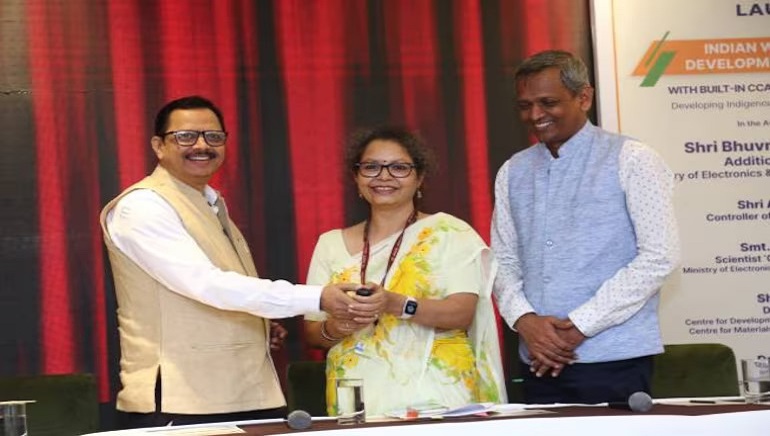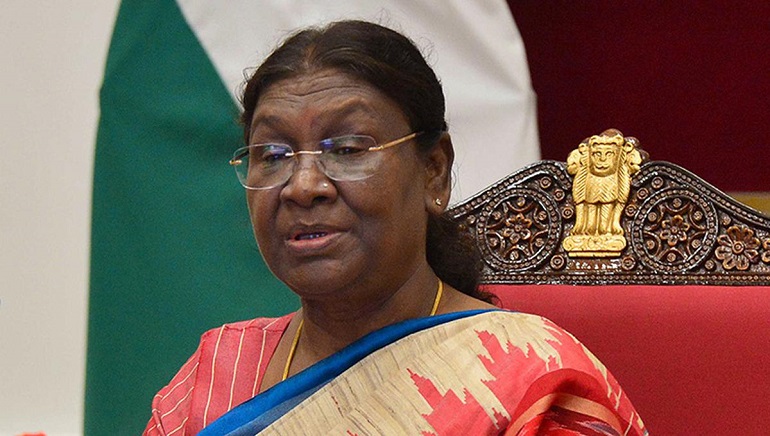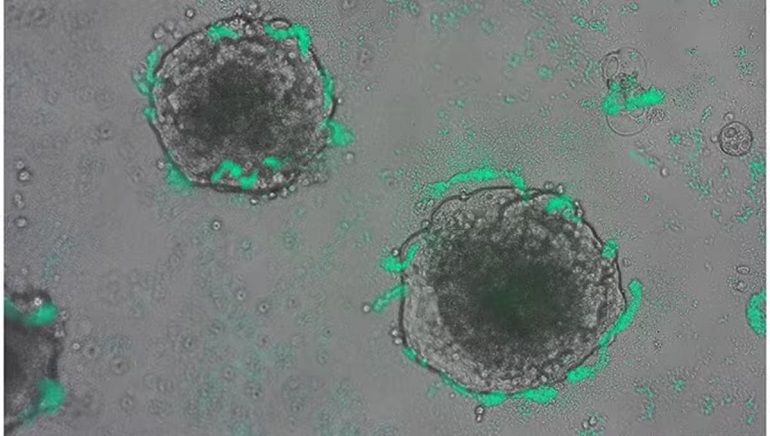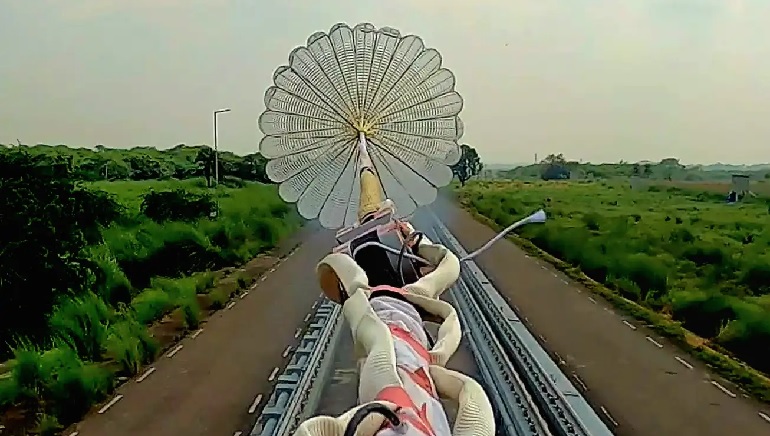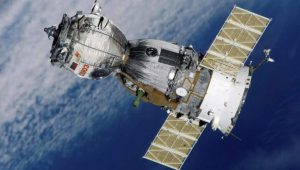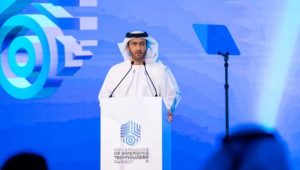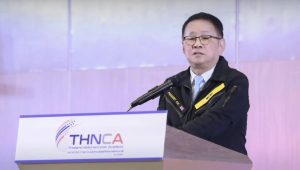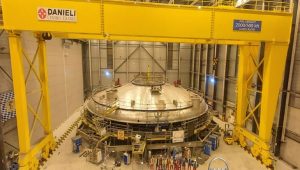Union Minister for Railways, Communications, Electronics and IT Ashwini Vaishnaw on August 18 dedicated to the nation India’s first 3D-printed post office located in Cambridge Layout, Bengaluru.
Built in only 43 days, the post office has been constructed by Larsen & Toubro Limited with technological support from IIT Madras under the guidance of Professor Manu Santhanam, Building Technology and Construction Management Division, Department of Civil Engineering.
The post office covers a built-up area of 1,021 sq ft. Its construction was carried out using 3D concrete printing technology. In this fully automated building construction technology, a robotic printer deposits the concrete layer by layer as per the approved design. A special grade concrete is used to ensure bonding between these layers for the purpose of printing the structure.
The construction of such a structure by conventional method takes about 6-8 months. The 3D technology has brought down the construction cost, which stood at Rs 23 lakh, about 30-40% less than the conventional method.
The project has no vertical joints. It involved continuous printing of the full perimeter. The 3D printing technology, which was imported from Denmark for the post office project, was also flexible to incorporate curved surfaces and adapt to site dimensions. It also enabled continuous reinforced concrete footing and three-layer walls with outer layers printed with concrete and the middle being reinforced concrete.





